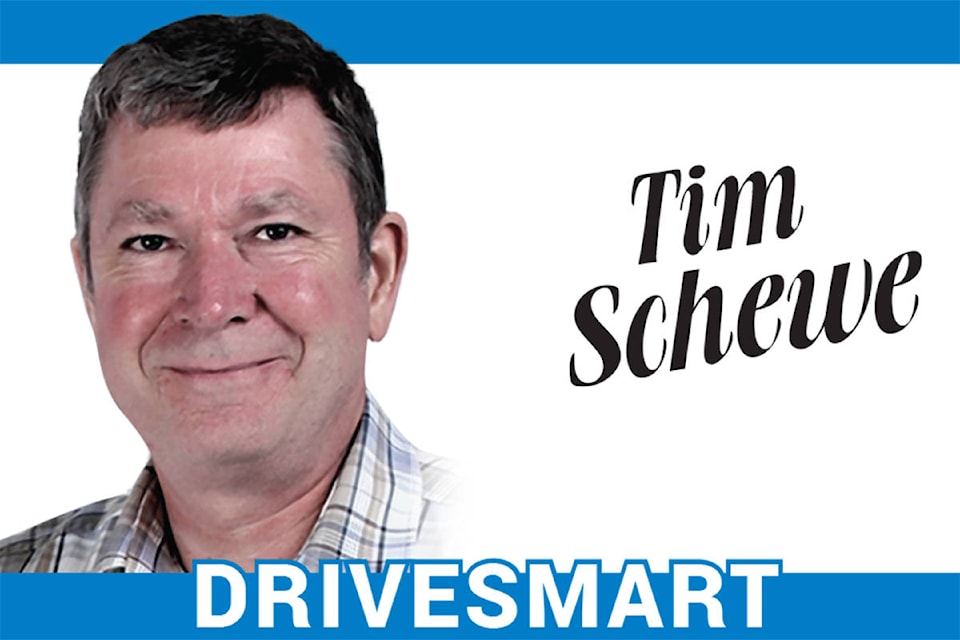By Tim Schewe
I’ve been riding as a passenger in heavy traffic this past week and have had time to watch and think about what is going on around me. There are many small things that a driver should do out of habit to minimize their chances of being involved in a collision.
In no particular order of importance, here are my suggestions.
Signal! The bulbs are good for more than three or four blinks, too. Nothing tells others what you would like to do better than a well used signal light lever. There are polite drivers out there who will actually see your signal and help you accomplish what you want to do.
When you stop in traffic, you should see pavement between the front edge of your hood and the bottoms of the back tires of the vehicle in front of you. If you don’t, you are too close.
The extra space may prevent you from being pushed into the vehicle in front of you if your vehicle is hit from behind. It also gives you room to move if an emergency vehicle approaches.
Stop before the sidewalk when you are entering a street, not on top of it. Pedestrians really appreciate your consideration.
Maintain an appropriate following distance for the conditions. When you do this, you control your own safety margin and to some extent that of the driver behind you. They will have more time to realize that something is happening and can then avoid colliding with you.
Leave yourself an out, especially around heavy commercial vehicles. Having a space to move into on your left or right if something happens may mean avoiding a crash.
Use some lane discipline. You are entitled to one lane and have to stay between the lines of that lane.
If you don’t know where you are going, stop and figure it out. Better still, plan before you leave. If you don’t have GPS in your vehicle, cell phone or tablet, the internet is full of useful resources.
Don’t commit random acts of driving by ignoring traffic controls when you decide you’ve chosen incorrectly.
Remember that there are drivers behind you that will become impatient and try to pass by. Pull over, stop, let them by and then continue at reduced speed as you try to locate the address you are trying to find.
Scan around and well ahead of your vehicle. Preparation is preferrable to surprise.
Early detection of obstructions ahead allows you to plan to avoid them rather than react in a place where you may not have a choice.
Anticipate the traffic lights. Braking lightly and coasting to a stop saves wear and tear on your vehicle. Aside from being safer, it also saves you money on maintenance and fuel.
Screaming up to the red light and braking heavily at the last second invites the driver behind you to join you in a collision, especially if they are not paying attention or are momentarily focused elsewhere.
If another driver insists on infringing on your right-of-way, let them have it. It’s better to maintain as much control of the situation as you are able to rather than insist on being part of the incident.
None of these things are difficult to do and are simple habits to develop. The choice to be safe is always yours.
Tim Schewe is a retired constable with many years of traffic law enforcement. To comment or learn more, please visit DriveSmartBC.ca
